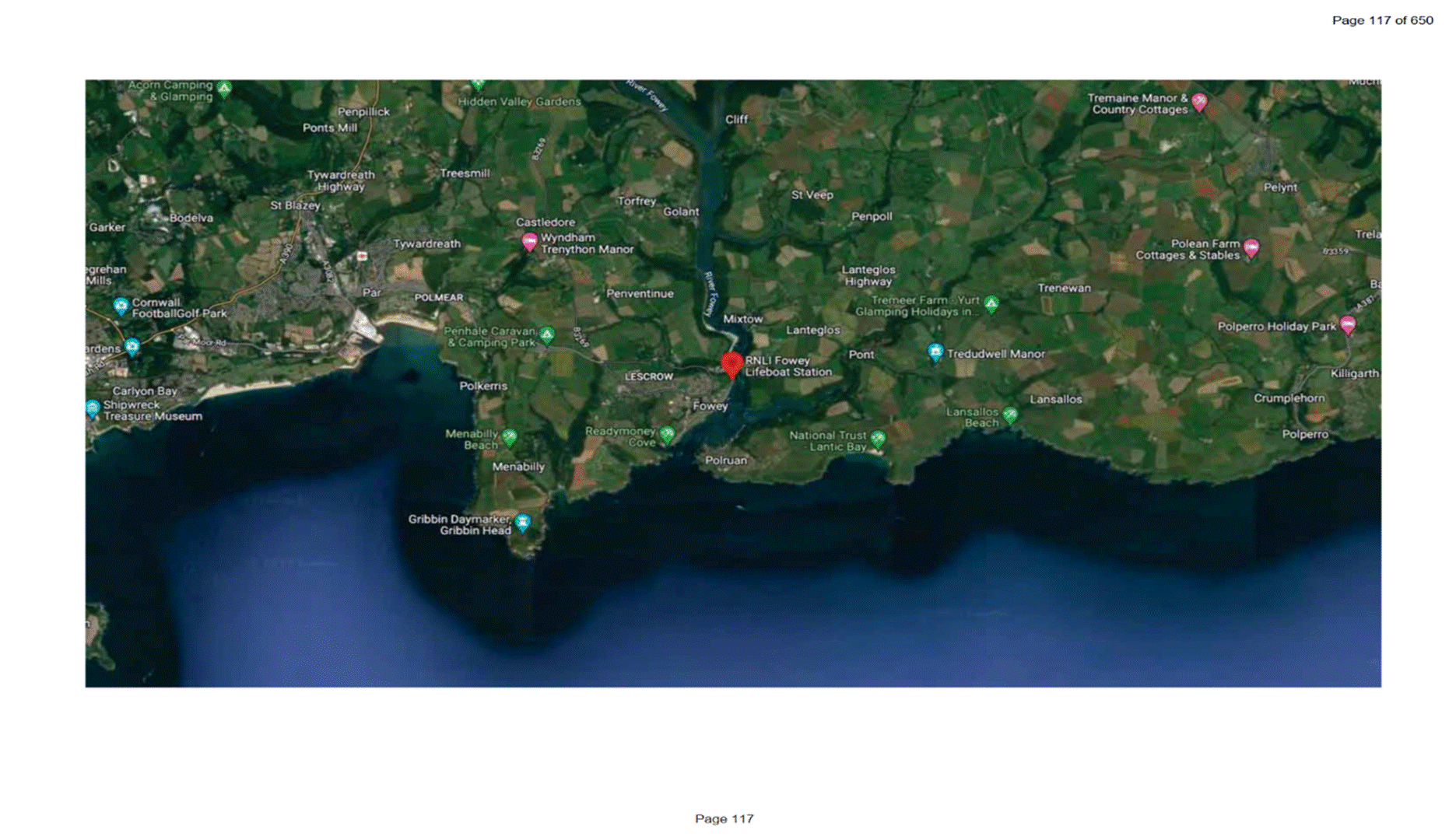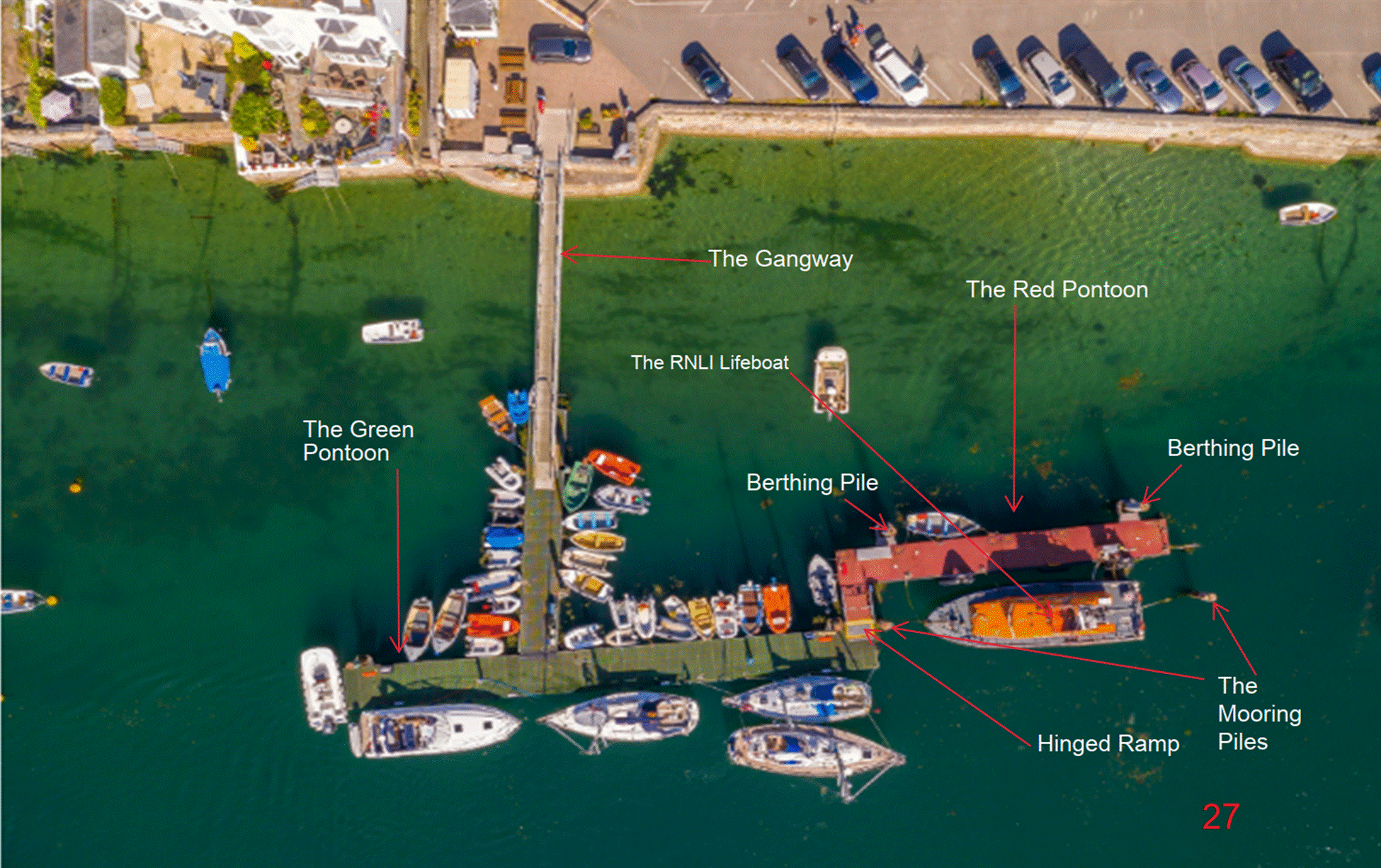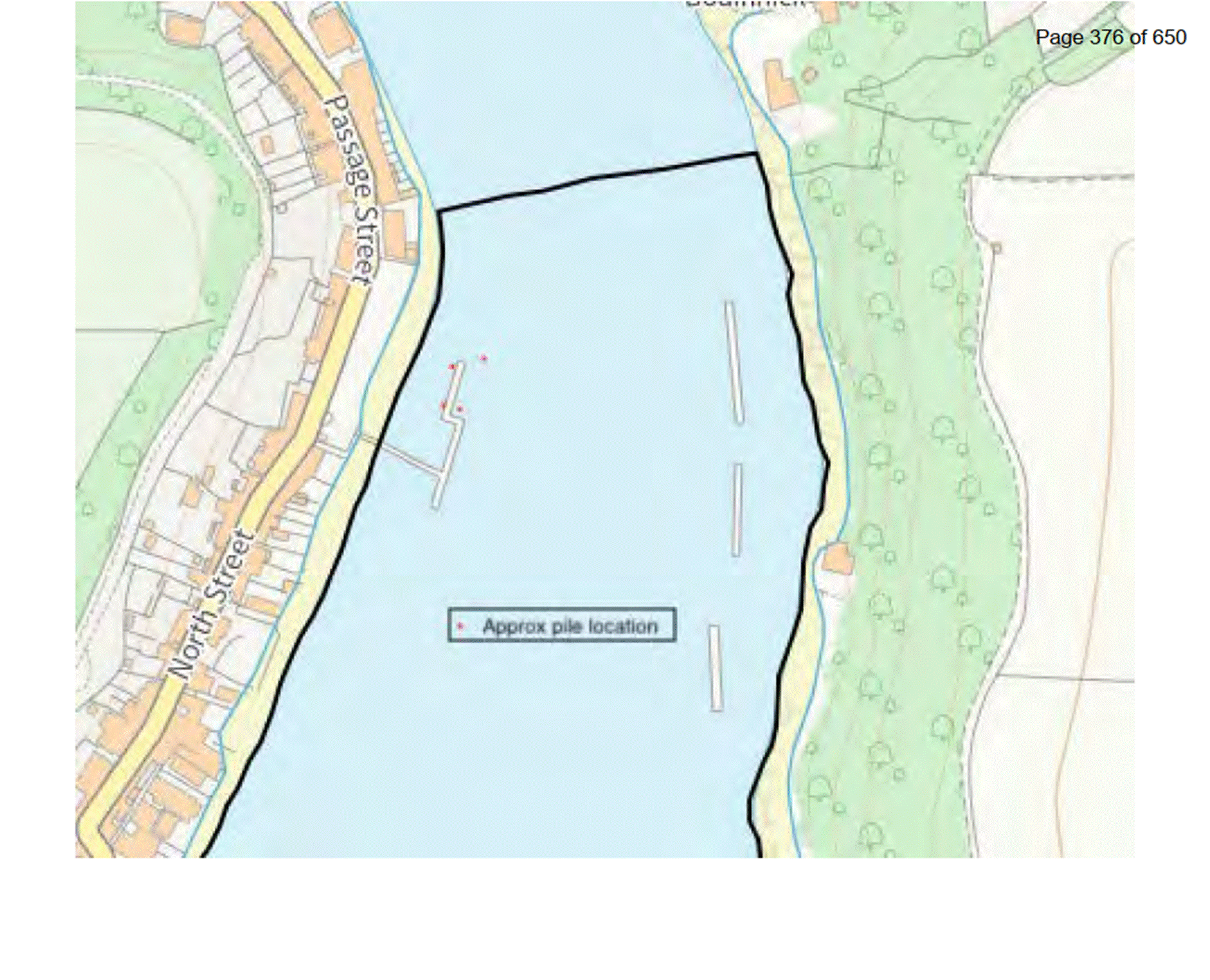
England and Wales High Court (Technology and Construction Court) Decisions
You are here: BAILII >> Databases >> England and Wales High Court (Technology and Construction Court) Decisions >> Van Elle Ltd v Keynvor Morlift Ltd [2023] EWHC 3137 (TCC) (08 December 2023)
URL: https://www.bailii.org/ew/cases/EWHC/TCC/2023/3137.html
Cite as: [2023] EWHC 3137 (TCC), 213 Con LR 138, [2024] 1 WLR 2807, [2023] WLR(D) 526


